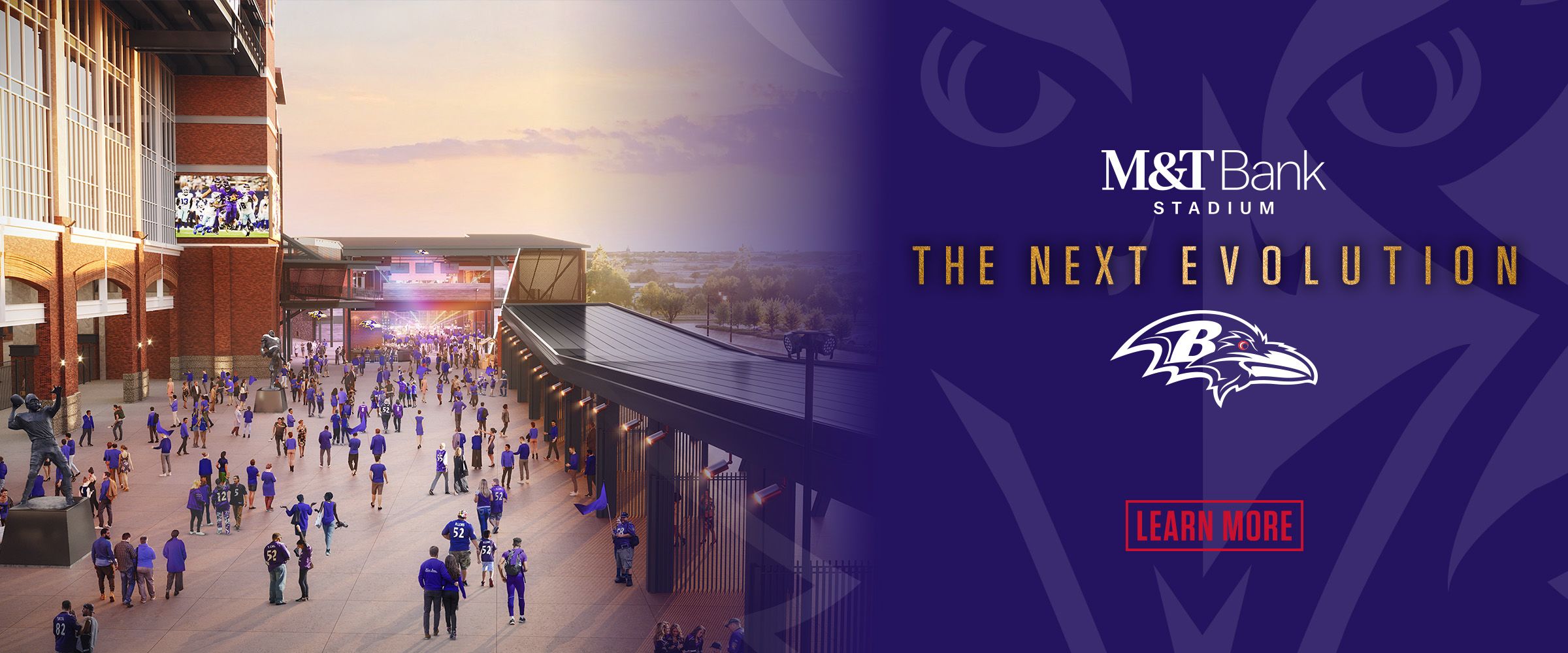The NFL will announce how many compensatory draft picks NFL teams receive on Monday.
For Ravens General Manager Ozzie Newsome, it's like Christmas morning.
*Free draft picks under the tree! A reward for being good!
*
Newsome is considered a wizard in large part because of his draft prowess and his free agency bargain hunting.
Combine those two things and you get another level of Newsome's mastery that isn't as widely recognized. He's the NFL's best at getting extra draft picks.
Since the league started awarding compensatory picks, the Ravens have received the most of any team in the league (37). The next closest team, Green Bay, isn't very close at 31.
The Ravens got the maximum four picks last year and they're expected to do it again this year.
Compensatory picks are extra draft picks given by the NFL. Every team is automatically given seven picks (one in each round) each year, and can acquire or lose them via trades before or during the draft. Compensatory picks are just as good as other picks, except they come at the end of rounds three through seven. Comp picks cannot be traded.
Last year, the Ravens used their comp picks to select fullback Kyle Juszczyk (fourth round), tackle Rick Wagner (fifth), center Ryan Jensen (sixth) and cornerback Marc Anthony (seventh). They're like bonus players.
So how do teams get these extra picks?
According to the NFL Management Council, a team losing more/better free agents than it* *acquired in the previous year is eligible to receive picks. The number of picks a team receives equals the net loss of compensatory free agents.
The awarding of compensatory picks, which was instituted in 1994, is one of the few NFL measures that rewards the good teams instead of making life harder for them to create more league-wide parity.
Year after year, the Ravens suffer the pain of losing players they drafted and developed. They are given compensatory picks to help soften the blow.
It all starts with drafting or signing good, young players.
Take last offseason for example. The Ravens lost outside linebacker Paul Kruger (Cleveland), inside linebacker Dannell Ellerbe (Miami), safety Ed Reed (Houston) and cornerback Cary Williams (Philadelphia) in free agency.
They drafted Reed and Kruger and signed Ellerbe as an undrafted rookie. They signed Cary Williams off the scrap heap midseason in 2009. Then the Ravens coaches develop them.
When players' contracts expire, it's impossible to retain them all. Kruger signed a mega deal and started all 16 games for the Browns. Ellerbe got big money and started 15 games for the Dolphins. Reed took a hefty deal from Houston. Williams started all 16 games for the Eagles.
So it's not just that the Ravens lose a lot of players. They lose a lot of good players. That means they get more favor from the NFL Management Council.
Teams are awarded more, or higher-round compensatory picks, if the players they lose start more games, get more accolades or sign bigger contracts. So the Ravens want to see the players they lose succeed with the next team.
"It's all about having success in the draft and the willingness and confidence in letting players go that they can replace them," said the NFL Network's Charley Casserly, a former general manager for the Washington Redskins and Houston Texans.
"When you let players go, if you have confidence you can replace them in the draft, you're always going to end up with more players going than coming in free agency, and you're going to get more comp picks."
The next step to getting compensatory picks is not resigning free agents of similar value to replace them. Replacing them through the draft or through patient, wise means in free agency is the key.
When one free agent leaves, a younger player already on the roster often gets his opportunity. For example, cornerback Jimmy Smith took over as a starter last season when Williams left.
But if Newsome needs outside help, he is also adept at maneuvering around free agency to maximize the formula.
Players that are released by their former teams do not count against the compensatory pick equation. So outside linebacker Elvis Dumervil, defensive tackle Marcus Spears and safety Michael Huff didn't count against the equation last year.
Those signed after a league-specified date also don't count. That's why Baltimore waited to sign inside linebacker Daryl Smith last offseason, which proved to be a very shrewd move on multiple levels.
Newsome is patient enough to wait for a good player to be released before pouncing. Often, good players are released for reasons more based on money than performance. They often also don't get mega deals. Those are reserved for those available when free agency's doors first open in early March.
Thus, Newsome is able to find bargains on the free agent market that also don't count against the compensatory pick formula.
Newsome is at it again this offseason.
The Ravens lost defensive end Arthur Jones, cornerback Corey Graham and tackle Michael Oher during the first week of free agency. Baltimore hasn't replaced them with another high-priced free agents. Newsome has been patient.
Maybe they'll be replaced with younger drafted options such as DeAngelo Tyson or Chykie Brown, or draft a rookie to step in immediately. Or maybe a veteran gets cut after the draft or after training camp.
The Ravens wanted to bolster their wide receiver corps. They waited until Steve Smith was cut by the Carolina Panthers to sign him, so Smith won't count against the formula.
It's a delicate, complex dance. To the victors go the spoils – or Christmas gifts. And for Newsome, Christmas comes in late-March at the owners meetings.


















